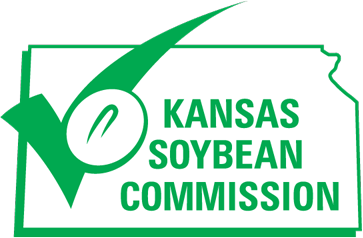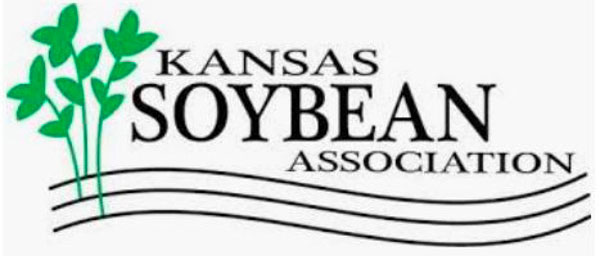Industry meets to determine opportunities
Kansas agriculturists discuss new horizons for soybeans.
“Growth is the best descriptor for the soybean industry right now,” Kansas Soybean Commission Administrator Kaleb Little shared with participants of the Soybeans and Other Oilseeds sector growth summit breakout in July.
The virtual breakout was one of many sessions identifying action items for the sectors of agriculture in Kansas. Each virtual meeting led up to the main event, the 2021 Kansas Ag Growth Summit on August 26.
Data supports Little’s statement – soybean productivity has nearly doubled in just 10 years. The numbers in 2011 indicated total production reached 101 million bushels of soybeans, a number that is now over 190 million bushels.
In order to recognize how soybean productivity has advanced in the last decade, it’s important to assess where production was.
Berryton farmer Bob Haselwood, who chairs the Kansas Soybean Commission, recalls that a decade ago chemical resistance in weeds was one of a few growing concerns, but that industry was starting to look brighter. China was on the cusp of expansion, market prices were trending upward and opportunities to increase soybean use were on the horizon.
“Many things we see now that have led to increased consumption and use were just starting to evolve 10 years ago,” Haselwood explains. “Many key factors of the checkoff had not taken off – things like biodiesel and other industrial uses.”
As the longest-standing Commissioner currently in service, Kurt Maurath can attest to the checkoff playing a large part in the soybean industry’s growth. When he first joined the Commission in 2002, the state’s total soybean production was 58.4 million bushels and production was sparse in his northwest corner of the state.
Around that time, Maurath was looking to use soybeans as a rotational crop with profit potential. However, he notes it was a limited market and not all elevators would even accept soybeans, and the biggest challenge yet was lack of herbicide-tolerant trait soybeans making it difficult to suppress weeds.
By 2011, herbicide-tolerant soybeans had entered the market and more experience growing soybeans led to better management practices. At that time, he says the checkoff’s focus was relatively the same as today in seeking research and market opportunities.
He believes statewide production has been able to grow so quickly because seed genetics, chemical tolerance and markets have improved, all thank to the checkoff.
Soybeans are just one of many growing sectors within Kansas’s agricultural profile. The Kansas Ag Growth Summit event brings together all sectors in the state to identify success, concerns and future actions that will boost value.
Other commodities, livestock, agricultural technology, animal health and related topics all hosted individual breakout sessions throughout the summer to discuss growth. The main and final event included conversation on carbon sequestration, mental health and the state’s food system.
While the Soybeans and Other Oilseeds breakout session celebrated the growth of oilseeds globally, opportunities for added value were the focal conversation. Carlos Campabadal with the International Grains Program Institute spoke on increasing protein content — thus improving the amino acid profile — to create a better, more valuable end product for worldwide markets. Nicole Harrison of Onaga, the panelist representing farmers, cited improving trait technology and broadband access in rural areas as target areas for improvement.
The action items derived from the session will be a leading force in meeting future goals of oilseeds in Kansas.

